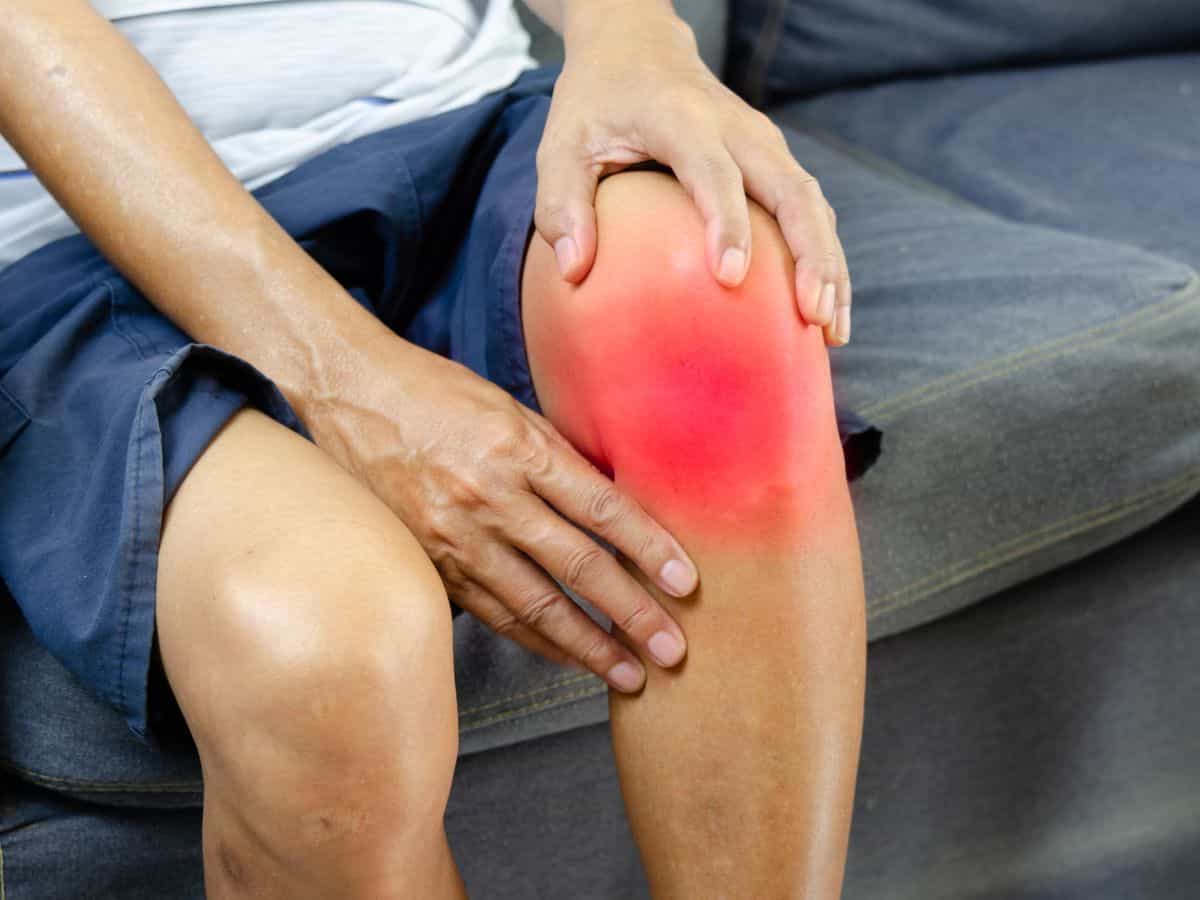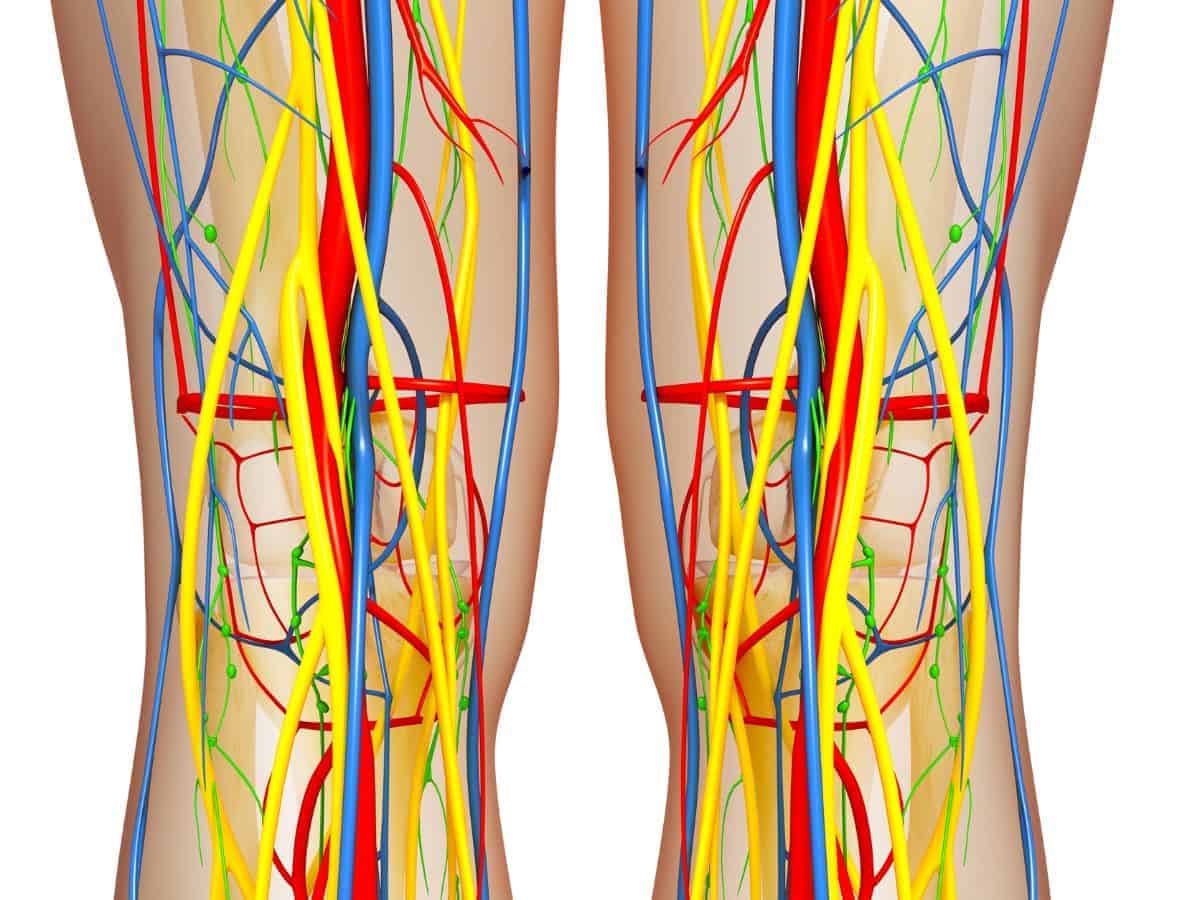
Patellar Tendonitis: Causes, Symptoms and Prevention

Patellar tendonitis is an injury to the tendon that connects the tibia to the patella. The patellar tendon works with the muscles in the front of the thigh and is responsible for extending the knee which allows for everyday exercises such as kicking, running, jumping, climbing/lowering stairs, among others.
It is a fairly common injury in runners, cyclists, volleyball players, basketball players, soccer players and professional athletes. Therefore, it is common to refer to this injury as «jumper’s knee» although the reality is that it can affect any other non-athlete, whose regular activity involves a great effort for the knee joints, either for work or lifestyle reasons.
In general, any treatment of patellar tendinitis is initially aimed at stretching and strengthening the muscles around the knee.
Tabla de contenidos
Symptoms:
The most recurrent symptoms of patellar tendinitis are usually a localized throbbing pain in the area below the kneecap that becomes evident when bending or demanding force from the knee.
Initially, it becomes evident during physical activity or at the end of it. As the injury evolves, the pain interferes with the practice of sports and any activity involving the aforementioned effort. The most advanced stage of the lesion involves pain when at rest.
It is also possible to perceive throughout the process a sensation of inflammation in the lower area of the patella due to the thickening that may eventually develop in the tendon.
Although localized cold application is recommended as well as the use of certain treatments formulated with inflammation modulators, including cannabidiol, a professional and specific assessment is always recommended. Otherwise, there is a risk of chronification, with poor tissue repair leading to a state of fibrillar degeneration or tendinosis.
Causes:
Patellar tendinitis is a frequent overuse injury resulting from the repetitive stress to which the patellar tendon is subjected. The stress generates small tears in the tendon, and the body tries to repair them.
However, as the tears multiply, they cause pain due to inflammation and weakening of the tendon. When tendon damage continues for more than a few weeks, it is called tendinopathy.
If there is no adequate medical care, the problem can lead to inadequate tissue repair, which leads to persistence and chronicity.
Are there risk factors?
Risk factors include the following:
- Unsupervised physical activity. Exercises involving sudden increases in the intensity or frequency of stress to which the tendon is subjected. This is common in running or exercises involving jumping.
- Excessive stiffness. Tightness of certain muscles such as quadriceps and hamstrings can increase the strain on the patellar tendon.
- Imbalance in muscle tone. If some leg muscles are much stronger than others, it could cause an imbalance in which the stronger muscles pull on the weaker muscles. This imbalance could cause tendonitis.
- Other chronic pathologies. Some diseases interrupt the blood flow to the knee, which weakens the tendon. This is the case of kidney failure, autoimmune diseases such as lupus or rheumatoid arthritis and metabolic diseases such as diabetes.
Prevention tips:
It is convenient to adopt certain measures that can contribute to the prevention of this pathology:
- Avoid sports practice when there is pain in the area.
- Strengthen and tone the muscles most involved in the area.
- Improve sports techniques, which implies adequate warm-up and stretching.
- Do not abuse treatments based on anti-inflammatory substances and tend to use substances that modulate inflammation.


Dr. Elena Gallardo Morillo PhD
Medical Director at Pentalium Pharma and Doctor in Central Nervous System and Inflammation.

